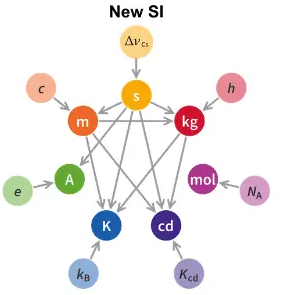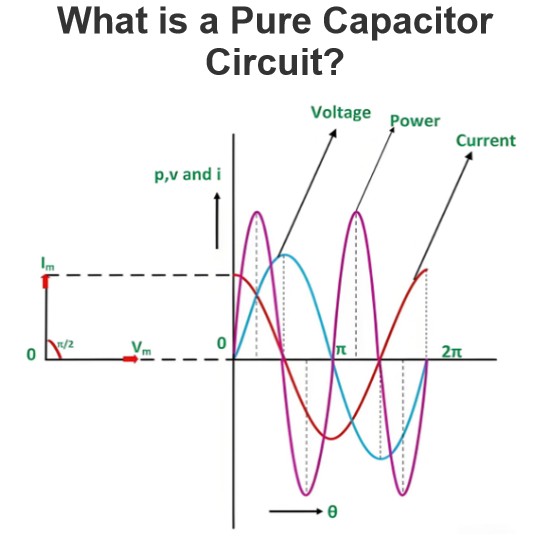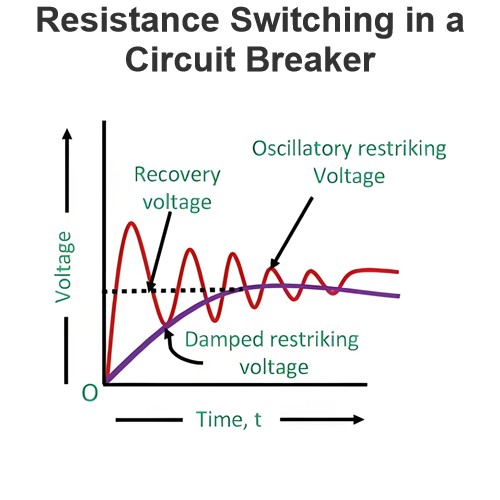What is the Si System of Units?
Units are defined as those tools using which we can measure any physical quantities effectively. For example, if we want to measure length then that can be measured in meters, centimeters, feet etc, again if we have to measure mass then that can be measured in kilograms, grams etc. So from the above example we can say that there are many units which can be used to measure a particular quantity.
Now if we take the other physical quantities also then there are many units available for a particular quantity. Now, this leads to the confusion in ourselves, one may ask that which one should we choose and which one we should not choose for measurement.
If many units available than there may be some conversion factor to convert it into the other unit but that is very clumsy and also there is a high chance of error in doing that and if we require to measure that particular unit in the third unit that is available for the quantity, we may end up getting the erroneous result.
So there is an absolute necessity for choosing standard quantities in measurement. In this case, what we do is we choose a single unit for a particular quantity that unit is known as standard unit. Most of the measurements are done in that unit. So the measurement becomes simple but also it gives importance in a single unit for a particular quantity.
SI System of Units
Most of us know what SI units are but we do not know what SI means. It simply means international systems of units. The units which are taken in measuring physical quantities are collectively called as SI units. It is developed and recommended by General conference on Weights and measures in 1971 for international usage in scientific, technical, industrial and commercial work.

Source: Electrical4u
Statement: Respect the original, good articles worth sharing, if there is infringement please contact delete.
Electrical4U is dedicated to the teaching and sharing of all things related to electrical and electronics engineering.













